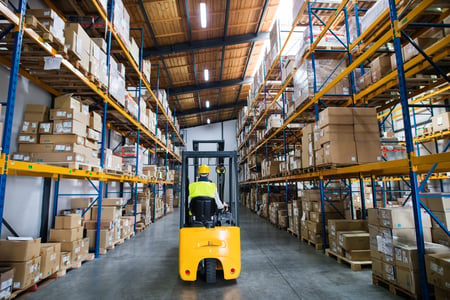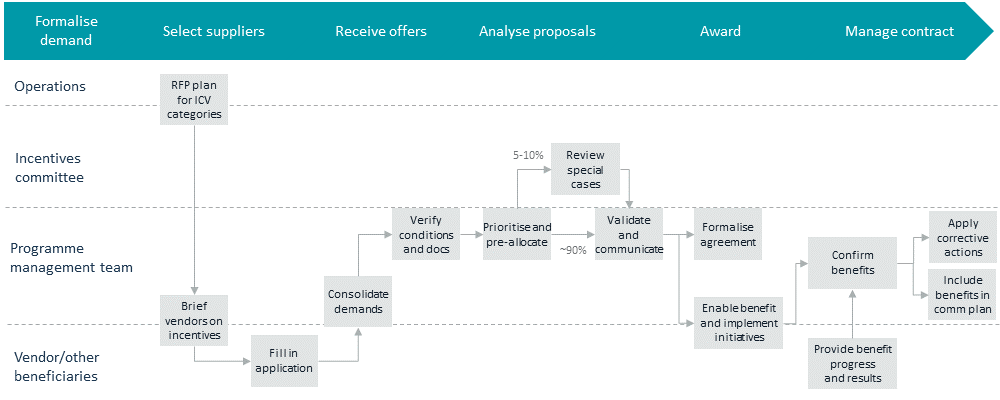The global COVID-19 pandemic is a crisis that has impacted us all in many ways. While the safety of family and friends were at the forefront of people’s minds initially, many are beginning to realise that a large number of businesses will not survive this crisis.
What is certain is that surviving companies and markets will be very different at the end of this crisis. In this article, we discuss the impact of COVID-19 on supply chains, what measures some companies have taken, and why we think more changes will be required in the future.

Supply chain resilience is being tested by the COVID-19 crisis as never before, and businesses have had to scramble to survive. Historically, disruptions were local, so traditional supply chains were built to provide resilience for scenarios that covered local events like extreme weather, SARS or earthquakes. COVID-19 is global and has challenged this thinking because of its system-wide impact.
Most companies have already taken action to preserve cash flow and ensure continuity of their supply chains. While actions like building/using reserve stocks, seeking new or local suppliers and making distress purchases have addressed short-term requirements for immediate survival, they are likely to be inadequate or unsustainable in the long run.
Organisations will need to look much harder at where, how, and what they buy. A complete rethink of their supply chains will be needed to balance the tension between security of operations and the cost of materials and services.
However, a major shift in procurement and supply chain thinking is needed while organisations continue to address factors which require their immediate attention. This will include:

In the medium-term, procurement will look to safeguard supply. We expect most organisations will take the following actions:
However, the fattening of the supply chain needs to be balanced against cash flow requirements that most firms face. In this environment, pricing and quality will remain a major focus, alongside reliability and availability. Streamlined, rapid decision-making will also be required to allow companies to outperform their competitors.
In the longer term, procurement teams will need to reinvent themselves and reassess how they bring value to their organisations.
This will require fundamental re-wiring within organisations across multiple parameters, including:
As organisations work to balance cost reduction initiatives, essential to immediate survival, with developing a growth framework for the post-COVID-19 world, the silver lining is that COVID-19 provides a great opportunity for procurement functions to reinvent themselves. This rebirth will not happen on its own – business leaders need to have the courage to grab this opportunity before the window closes and the force of habit prevents courageous action from being taken.
A major city government was responsible for managing the public health system, including 31 hospitals. With the arrival of COVID-19, they had concerns about the lack of visibility around their Personal Protective Equipment (PPE) stock levels and their ability to provide PPE in a timely manner. They also wanted to centralise their procurement efforts to maintain product quality and enable them to adapt to local and global supply shortages.
We helped them to establish a central managerial situation room to monitor and manage supplies, as well as forecasting likely demand. This was supported with improved processes to ensure procurement activities were compliant and price competitive. To support ongoing sustainability, we trained and coached their team in how to drive performance and deliver agreed initiatives.
Our client wanted to develop local suppliers and increase their percentage of local sourcing. Unfortunately, product pricing from local suppliers was much higher than similar items sourced from low-cost countries and resulted in poor local content uptake.
We helped them develop an approach to incentivise local production and grow local suppliers by assigning financial values to the localness of purchased materials. This improved the mix of local content in purchased goods and developed an alternate set of suppliers, while retaining a culture of competitiveness amongst suppliers and maintaining quality.

Partners in Performance often helps clients in managing uncertain supply chains and rewiring organisations, balancing certainty of supply and local considerations with the need for financial prudence.

Director

Director

Partner

Partner
| We actively reduce the climate impact from our operations and invest in community-based climate solutions to balance remaining carbon emissions |